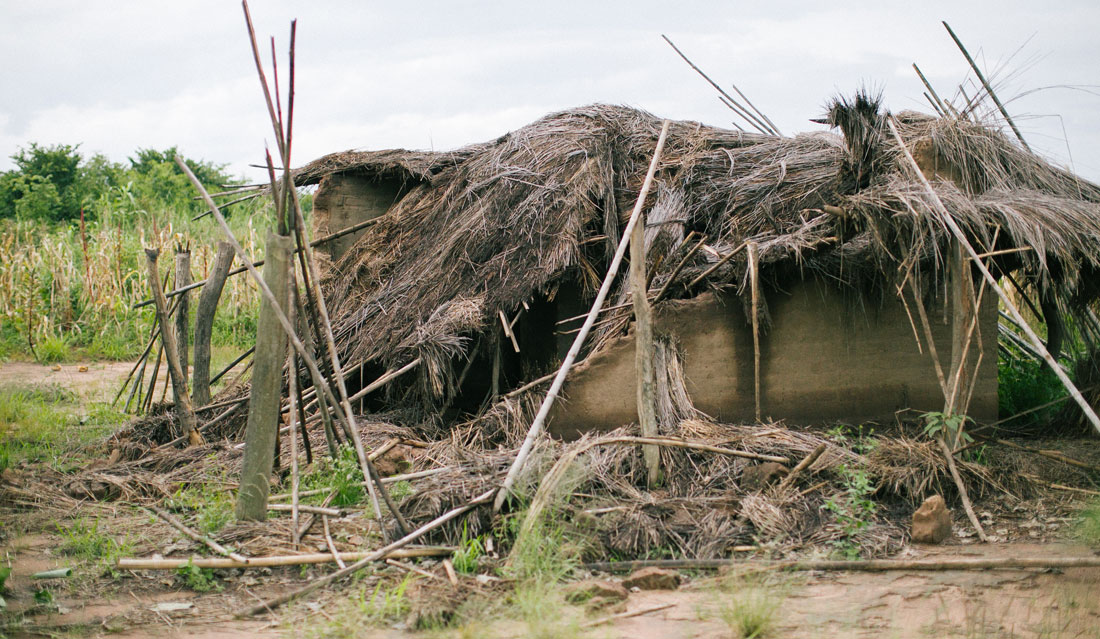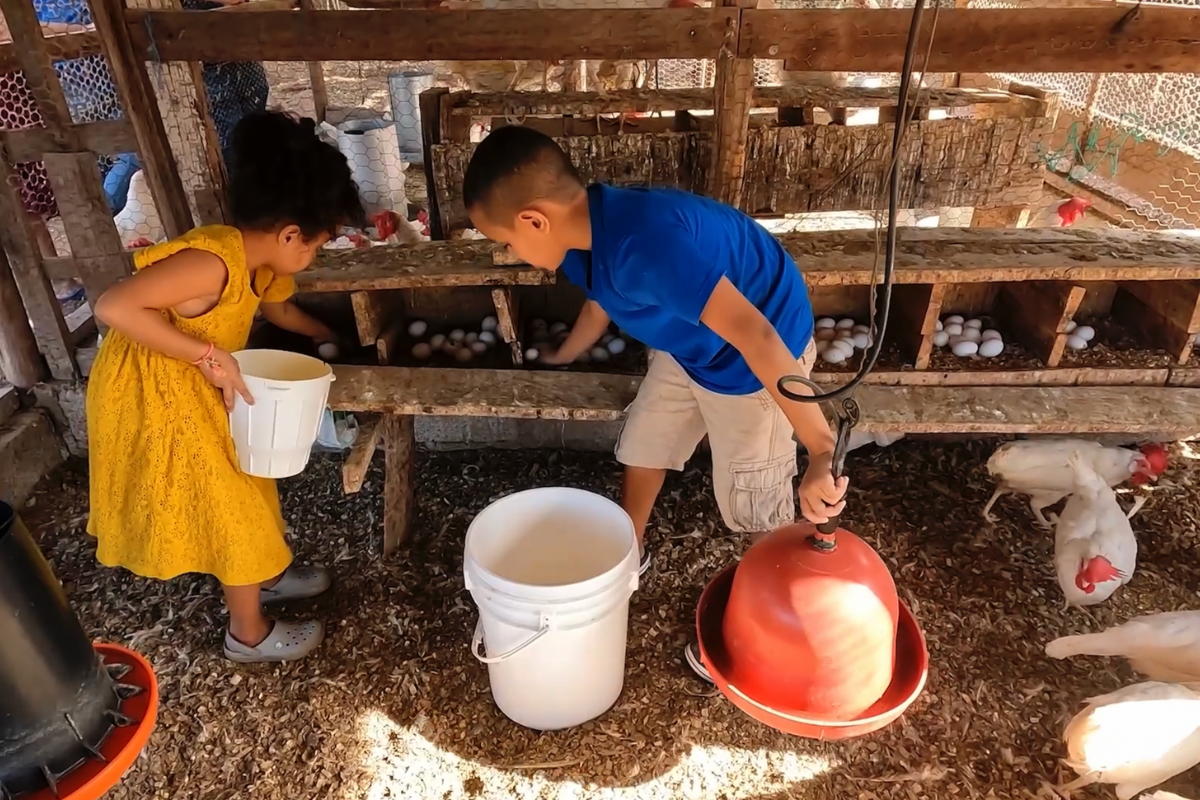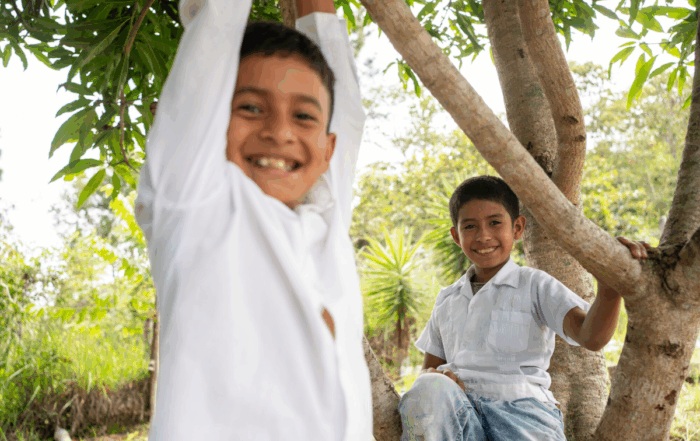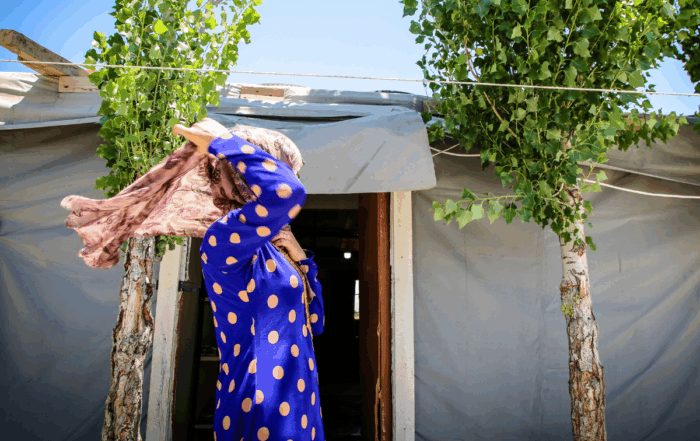Ways You Can Reduce the Impact of Natural Disasters

Our planet has witnessed a dramatic increase in the number of natural disasters. The changes in climate conditions, especially the rise of our global temperatures, have made weather changes not only more extreme but also more frequent.
As these natural disasters increase, vulnerable communities end up struggling through a variety of issues and often aren’t provided the help they need. As we face more intense and frequent natural disasters, what can we do to ensure safety and prepare for uncertainties?
The impact of natural disasters
Natural disasters can have a life-changing impact on individuals and families fortunate enough to survive. At larger scales, they can affect communities, cities and entire countries.
In a 2020 world disasters report, it was estimated that over the past 10 years, natural disasters or climate-related disasters have impacted over 1.7 billion people. In addition, these disasters have taken the lives of at least 410,000 people – who were mostly from low and middle-income countries – and have left millions of people displaced or homeless each year.
These climate-related disasters wreak havoc on communities all over the world, causing destruction of homes and property, loss of financial resources, as well as causing many injuries and spreading illness. Stressors such as these often put people at risk for not only physical health problems, but can also result in emotional and mental trauma.
Bringing awareness, education, preparedness, and warning systems can reduce the catastrophic impact of a natural disaster on communities. Let’s have a look at some ways to reduce the impact of natural disasters.
What can you do to help reduce the impact of natural disasters?
Natural disasters such as earthquakes, tornadoes, tsunamis, floods, hurricanes, and volcanic eruptions are clearly impossible to prevent since such phenomena are triggered by climatic and geological occurrences.
However, if we can’t stop natural phenomena, we can surely reduce the damage these events cause. Awareness and education is a fundamental part of reducing the impact that these natural disasters cause.
Here are a few ways you can make a difference:
1. Educate yourself and those around you
It is important to always be aware of what natural disasters you are likely to face within your community; being educated on the potential risks and hazards allows you to know in advance how best to prepare for the disaster, what to do while it is happening, and what actions you can take in the aftermath.
There are many different ways you can help educate people on these topics, for example:
- Home – Having discussions at home about different survival plans in the event of an emergency can be very helpful; you can discuss the precautionary measures to take and even prepare emergency supplies or kits together.
- School – Schools can help educate children about how to prepare for disasters, what dangers to look out for and how they should appropriately respond.
- Workplace – Businesses can ensure the safety and security of their workers by educating them on how and where to exit the workplace in the event of an emergency, providing medical kits and discussing other emergency plans.
Within the community, hospitals, churches and other neighbourhood organizations can also help promote the planning and preparation for natural disasters.
2. Support mitigation programs
Education is a central part of reducing the impact of natural disasters, but mitigation measures will prevent and reduce actual damage caused by these disasters. Mitigation is about taking action to help prevent or reduce the disruptive impact of disasters on communities.
Here are some examples of mitigation efforts:
- Construction – The construction and location of important buildings should be strengthened in order to be able to withstand natural disasters. These buildings include schools and hospitals as they play a critical role in the life of communities.
Schools are often the primary place for shelter during disasters, yet often they aren’t constructed or maintained to withstand natural disasters. Hospitals are also extremely essential to the well-being of a community; if medical centres aren’t properly maintained communities may not have access to medical resources and supplies when they are needed most.
- Protection of cultural properties – Although schools and hospitals are essential parts of a community, cultural properties should also be protected, these can include libraries, museums, and historic buildings.
- Mitigation training programs – Training programs should also be offered within communities to help prepare people for disasters. These curriculums could include land-use planning, zoning, and so on.
Often communities may be resistant to mitigation programs because of the costs involved. However, these programs have always proved to be effective in reducing the negative effects of natural disasters.
3. Reducing waste and recycling more
Many choices we make in our lives can have an impact on the environment and the future of our planet. Waste and failure to recycle impact the environment and can contribute to climate change which in turn has resulted in an increase in natural disasters. Recycling statistics worldwide state that Canada is the largest waste producer on the planet per capita. In fact, it is estimated that Canada’s annual waste per capita is 36.1 metric tonnes.
When we choose to throw away clothing or furniture that could still be used or we fail to recycle, we contribute to the global warming that is causing increased natural disasters. Recycling helps to conserve energy and it minimizes the greenhouse gas emissions from landfills. In short, recycling helps in the fight against global warming and climate change.
There are simple changes that can be made to reduce the amount of waste produced and make a lasting impact. Here are just a few examples:
- Switch to reusable cups and bottles – While most cans, cups and bottles can be recycled, they require a lot of energy to be produced, bottled, and shipped to the store for purchase. Switching to reusable cups and bottles will not only help eliminate waste, but it will help you save money.
- Avoid single-use plastic containers – Try to buy reusable metal straws instead of plastic ones. Single-use plastic straws and containers end up in landfills. Even though it seems like a small action, it adds up to make a big impact.
- Buy second-hand clothes – By purchasing second hand clothes or even furniture, you’ll be saving items from ending up in landfills. Fast fashion has a huge environmental impact from both its production and disposal, learn more about that here.
Our disaster response
Over the last decade, World Renew’s Disaster Response Service and International Disaster Response teams have delivered immediate assistance to 6 million disaster survivors. Every disaster impacts communities in different ways; World Renew offers support to meet each community’s unique needs. This includes addressing a community’s emergency needs in the aftermath of disasters, from food and shelter to medical supplies; assessment of the needs of that community to help identify vulnerabilities and the most effective ways to address them as community prepares to rebuild; and we work with community leaders to help them realize long-term goals that equip the community to function better than before and to endure long after the response work is done. When hurricanes Eta and Iota swept across Latin America in late 2020, World Renew worked to send supplies of food, water and temporary shelter to affected communities. You can read more about our disaster response here.
Let’s work together for a safer world
We wouldn’t be able to walk alongside communities affected by disasters without your help.
You can join our disaster response program or donate to World Renew to bring disaster response, recovery, and relief support to those families ravaged by natural disaster.
MORE STORIES AND NEWS
Gift Catalogue: 4 Ways a Chicken Helps a Family
4 Ways a Chicken Helps a Family December 17, 2025 4 Ways a Chicken Helps
Gift Catalogue: Which Item Matches Your Personality?
Which Item Matches Your Personality? December 1, 2025 Which Item Matches Your Personality? December
16 Days of Activism: Lilia’s Journey to Self-Confidence
Lilia’s Journey to Self-Confidence November 25, 2025 Lilia’s Journey to Self-Confidence November 25, 2025






